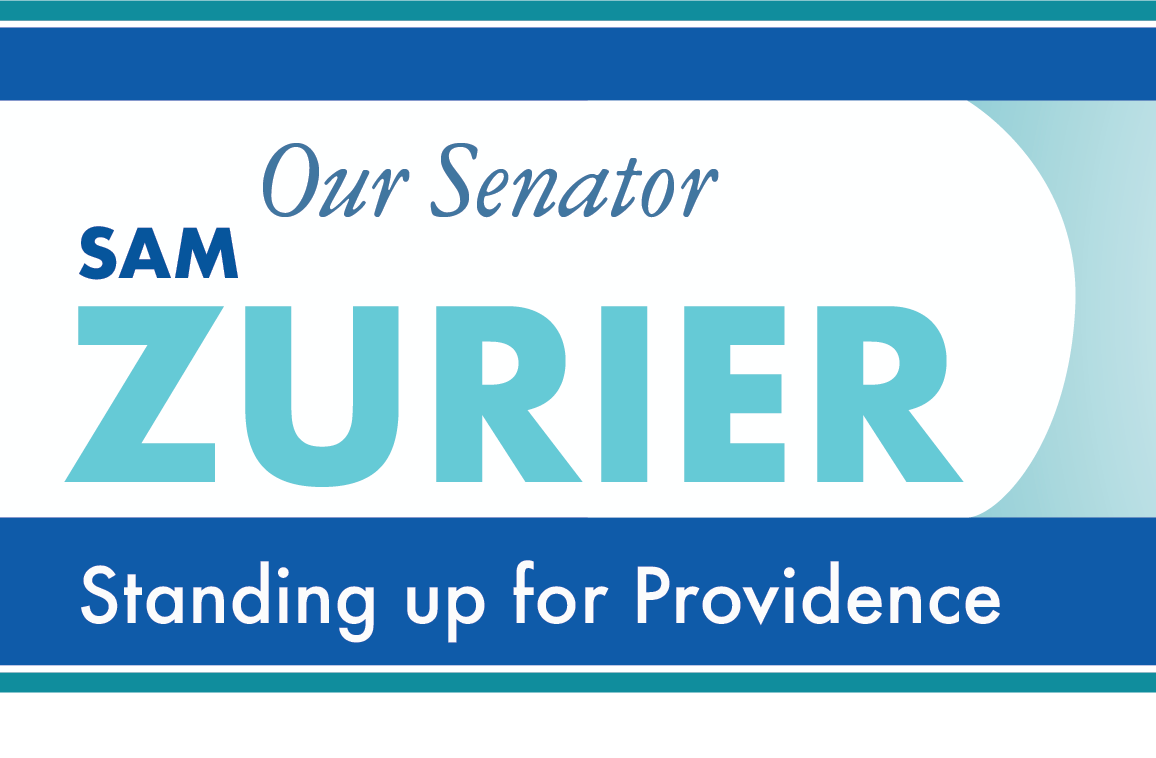I hope you are enjoying another weekend of Spring-like weather. This week’s Ward Letter discusses the tax revaluation process.
In my November 29, 2015 letter, I provided an initial overview about how a revaluation can affect tax rates and the allocation of the cost of financing the City’s operations among the City’s different classes of taxpayers. Last week’s Finance Committee meeting provided some additional (but still incomplete) information to help understand the interplay between commercial and residential real estate tax rates.
Reviewing historical tax rates, it does not appear likely we will see changes in the tangibles or motor vehicle tax rates, which are too high to increase and which would require tax increases elsewhere to reduce. Instead, the focus historically has been on adjusting the tax rates charged to the three categories of real estate which, as currently noted, currently account for approximately $267 million of the City’s current total of $352 million property tax levy.
The four year trend in the City’s total property tax levy has been as follows:
Year Tax Levy ($ million) Increase ($ million/%)
2012-13 332.8
2013-14 340.8 8.0/2.7%
2014-15 346.4 5.6/1.6%
2015-16 351.8 5.4/1.6%
In other words, recent budgets have increased the tax levy between $5.4 million and $8 million, or 1.6% and 2.7% in recent years. The administration’s first task is to minimize expense and hopefully avoid the need to increase the tax levy, but for the purpose of today’s letter, I would like to discuss some possible (though not necessarily likely) scenarios based on information we received from the Tax Assessor at Thursday night’s hearing.
The Assessor noted that residential values appear to have increased in the 10% range (with possible variations by neighborhood and/or property), while commercial rates also have appeared to increase, though the amount is not yet clear. Commercial rate valuations are made with an “income approach” which measures value based on the application of a “capitalization rate” (or “cap rate”) to annual income. The Assessor provided an Initial Report describing the “cap rate” methodology, which can vary based upon the type of commercial use of the property. The Assessor indicated that he expected to set the “cap rates” over the coming week, which would then provide the methodology to assign valuations.
In 2013, Mayor Taveras announced a (nonbinding) goal to freeze the commercial tax rate for seven years at the $36.95 rate then in effect. In the 2013 revaluation, the value of the commercial tax base declined, so the commercial rate freeze shifted more than $6 million in tax burden from commercial to residential property owners. Depending upon the amount of the growth of the commercial tax base, there could be a shift in the opposite direction this time.
Given that the current commercial tax base (excluding tax stabilizations and other special categories) generates approximately $115 million in tax revenue, a (hypothetical) 5% increase in commercial values would produce an additional $5.7 million in revenues. Also, the administration recently noted the pending expiration of a tax treaty for the Manchester Street Power Station, which will pay full taxes next year after paying a fixed amount of $5 million (versus a “full price” this year of $9 million). If a $4 million increase for this property is added to a hypothetical 5% commercial valuation increase, the total ($9.7 million) would exceed historical increases in the tax levy without the need to increase residential tax revenues. Instead (again hypothetically) residential tax rates would be reduced by the same percentage as the overall valuation increase, producing a “revenue neutral” scenario for the average residential property owner (which possible local shifts based on the market).
Without actual commercial values, it is not possible to speak specifically, but this hypothetical exercise demonstrates the potential impact of the commercial tax rate freeze on the rest of the tax base. I will keep you posted as more information develops.
Sincerely,

